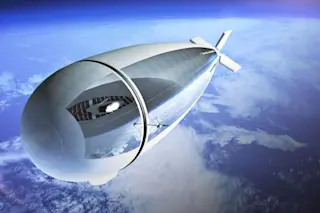Scientists have long tested solar energy in space, but it may soon arrive on the moon — in the form of rovers equipped with solar panels. On unmanned moon missions, these petite robotic vehicles will test the limits of how humans power their explorations, navigate the moon’s surface, and create potential human habitats far from home.
The team behind them include Mike Provenzano, director of planetary mobility for Pittsburgh-based Astrobotic. Under a NASA contract, the robotics company has scheduled unmanned missions to the moon with the rover in tow for the next year. The first mission, Peregrine 1, is slated for late 2021.
These journeys will represent a significant space milestone: They will mark the first U.S. visit to the moon in 50 years.
The smallest of Astrobotic’s vehicles, the CubeRover is similar in size to a microwave oven and weighs up to 5 pounds — and will include a ...














